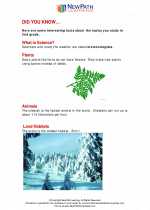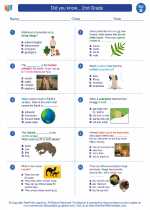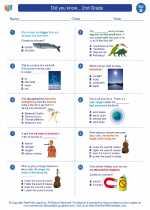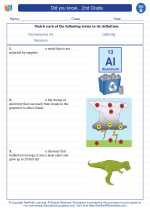Protists
Protists are a diverse group of eukaryotic microorganisms that are not animals, plants, or fungi. They are typically unicellular, but some species are multicellular. Protists can be found in various environments such as freshwater, marine, and soil habitats.
Characteristics of Protists
- Eukaryotic: Protists are made up of eukaryotic cells, which means they have a true nucleus and membrane-bound organelles.
- Diversity: They exhibit a wide range of nutritional and reproductive strategies, and can be autotrophic, heterotrophic, or mixotrophic.
- Motility: Many protists are capable of movement, using structures such as cilia, flagella, or pseudopodia.
- Reproduction: Protists can reproduce asexually or sexually, depending on the species.
Types of Protists
Protists are typically classified into three main groups:
- Animal-like protists (protozoa): These are heterotrophic protists that exhibit animal-like behaviors, such as movement and predation.
- Plant-like protists (algae): These are typically autotrophic protists that can perform photosynthesis to produce their own food.
- Fungus-like protists: These protists resemble fungi in terms of their mode of nutrition and reproduction.
Study Guide
To study protists effectively, consider the following key points:
- Understand the characteristics that define protists as a distinct group of organisms.
- Explore the diversity of protists and their ecological significance in various habitats.
- Learn about the different types of protists, including their distinguishing features and life processes.
- Investigate the importance of protists in food webs and nutrient cycling in ecosystems.
- Examine the role of protists in causing diseases in humans, animals, and plants.
By delving into these aspects of protists, you can gain a comprehensive understanding of their biology and ecological relevance.
[Protist] Related Worksheets and Study Guides:
.◂Science Worksheets and Study Guides Second Grade. Did you know... 2nd Grade
Study Guide Did you know... 2nd Grade
Did you know... 2nd Grade  Worksheet/Answer key
Worksheet/Answer key Did you know... 2nd Grade
Did you know... 2nd Grade  Worksheet/Answer key
Worksheet/Answer key Did you know... 2nd Grade
Did you know... 2nd Grade  Worksheet/Answer key
Worksheet/Answer key Did you know... 2nd Grade
Did you know... 2nd Grade  Vocabulary/Answer key
Vocabulary/Answer key Did you know... 2nd Grade
Did you know... 2nd Grade 

 Worksheet/Answer key
Worksheet/Answer key
 Worksheet/Answer key
Worksheet/Answer key
 Worksheet/Answer key
Worksheet/Answer key
 Vocabulary/Answer key
Vocabulary/Answer key

The resources above cover the following skills:
Earth Systems Science
Weather and the changing seasons impact the environment and organisms such as humans, plants, and other animals. Students can:
Analyze ways in which severe weather contributes to catastrophic events such as floods and forest fires